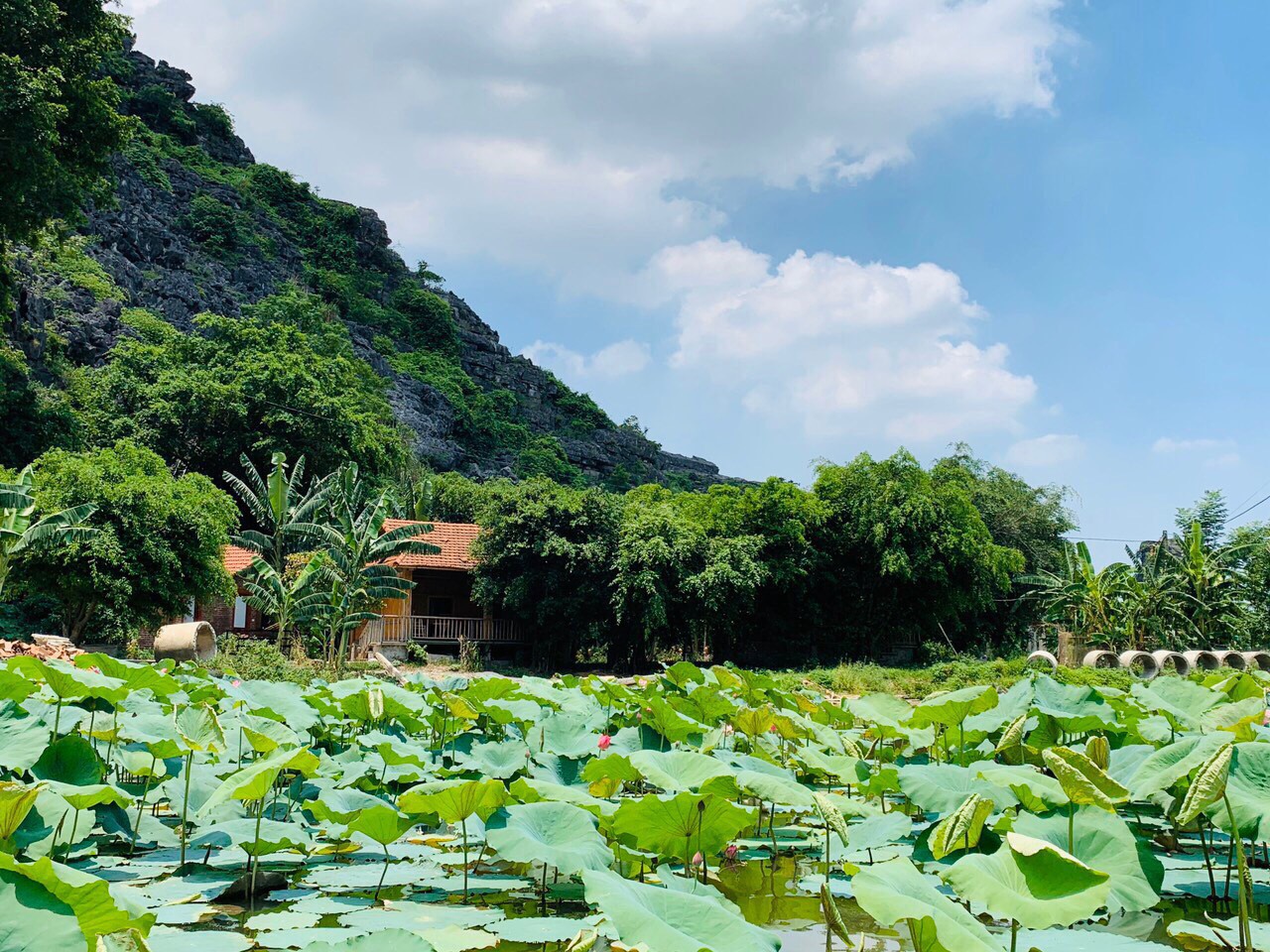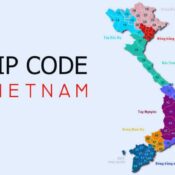History of Vietnamese

History of Vietnamese
Vietnamese is classified in the South Asian language family and accounts for the largest number of speakers, expressed in Latin with a system of accents, vowels, and consonants combined together to create the rich diversity we have today.
- Origin of Vietnamese.
As a person with hundreds of research projects on the history of the Vietnamese language, Henri Paul Gaston Maspero in the early twentieth century identified Vietnamese as belonging to the Tay – Thai language family. His view is very clear that the Tay-Thai languages and Vietnamese belong to the same family. He pointed out the similarities of basic words as well as the word structure of Vietnamese with the Tay and Thai language systems. This opinion received a lot of agreement from linguists at that time and was accepted over the next few decades.
However, Henri Paul Gaston Maspero’s opinion was rejected by linguists such as Wilhelm Schmidt, André-Georges Haudricourt,… in the years 1953 – 1954, they affirmed that the origin of Vietnamese belongs to the Mon-language family Khmer. They pointed out that Ancient Vietnamese in the period around the beginning of the Common Era was a non-tonal language, understood as having no expressive intonation in the transmitted information. There are similarities with the Mon-Khmer language family, one of three common language groups in South Asia and some Southeast Asian territories. Otherwise, after going through the process of interference with the North, the Vietnamese tone system was perfected and has its present appearance. The process of forming the tones of the Vietnamese language began in the 6th century (the period of Northern domination), initially three tones appeared and gradually developed into six tones during the Ly Dynasty (about 12th century).
George Coedès – a French scholar in the 20th century on archeology and Southeast Asian history hypothesized that Vietnamese is a learned interference of South Asian and Tay – Thai languages in 1949. The reason he This conclusion is because Vietnamese is separated into a separate entity from South Asian languages, and there are also mutual borrowings from Thai. This is also a convincing basis for historian Ha Van Tan and language expert Pham Duc Duong to learn and draw this conclusion.
After learning about the origin of Vietnamese, it can be seen that Vietnamese has borrowed from many places. According to history, Vietnamese has three types of characters to write: Chinese, Nom and Quoc Ngu. Currently, Vietnamese people mainly use the national language to communicate and use in daily documents.
- Common words in Vietnamese.
There are several common words in Vietnamese that you can see in the board below.
| Vietnamese | English |
| Xin chào | Hello |
| Chào + đại từ nhân xưng chỉ người nghe | Hello + name |
| Bạn nói được tiếng Anh không? | Can you speak English |
| Bạn bao nhiêu tuổi? | How old are you> |
| Bạn tên là gì? | What’s your name? |
| Cảm ơn | Thank you |
| Xin lỗi | Sorry |
| Đi tới đó bằng cách nào? | How can I get there? |
| Tạm biệt | Goodbye |
| Alo | Hello (on the phone) |
| Gặp lại sau nhé | See you later! |
| Bạn khỏe không? | How are you? |
| Ở đâu? | Where? |
- Meanings of “persons” in Vietnamese.
Different from English, personal pronouns in Vietnam are very diverse and divided according to role and gender when communicating. For example, when you are male and older, you will say “anh”. If you are female and older, you will address yourself as “chị”. However, no matter what gender you are, if you are younger than others, you will always call yourself “em”.
The above way of addressing is just a common example of a close-age relationship. If you talk to older people such as parents, aunts, or uncles, you need to address them as “con”, or with older people, you need to address them as “cháu”. In fact, the way of addressing people in Vietnam is extremely complicated and difficult for people new to this language. It will be a great experience if you find out its rules for yourself, because it also depends on the personality and personal relationships of language users in Vietnam.
Don’t forget to contact Trang An Ecorest Resort & Spa – (+84 915 702 099) or visit us at www.tranganecorestresort.com if you need any support!
Trang An Ecorest Resort & Spa
Image source: Internet








